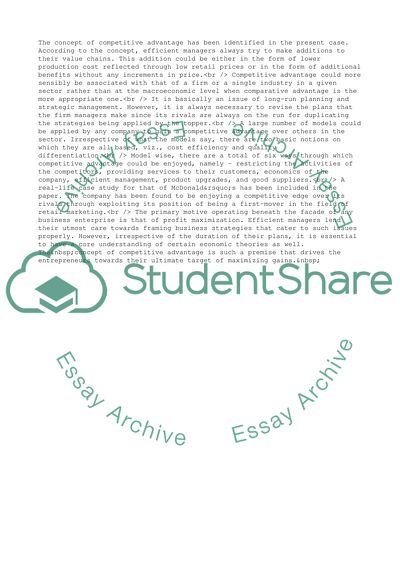Cite this document
(The Concept ofCompetitive Advantage Term Paper Example | Topics and Well Written Essays - 2000 words, n.d.)
The Concept ofCompetitive Advantage Term Paper Example | Topics and Well Written Essays - 2000 words. Retrieved from https://studentshare.org/business/1735629-econ-of-competitive-advantage
The Concept ofCompetitive Advantage Term Paper Example | Topics and Well Written Essays - 2000 words. Retrieved from https://studentshare.org/business/1735629-econ-of-competitive-advantage
(The Concept OfCompetitive Advantage Term Paper Example | Topics and Well Written Essays - 2000 Words)
The Concept OfCompetitive Advantage Term Paper Example | Topics and Well Written Essays - 2000 Words. https://studentshare.org/business/1735629-econ-of-competitive-advantage.
The Concept OfCompetitive Advantage Term Paper Example | Topics and Well Written Essays - 2000 Words. https://studentshare.org/business/1735629-econ-of-competitive-advantage.
“The Concept OfCompetitive Advantage Term Paper Example | Topics and Well Written Essays - 2000 Words”. https://studentshare.org/business/1735629-econ-of-competitive-advantage.


